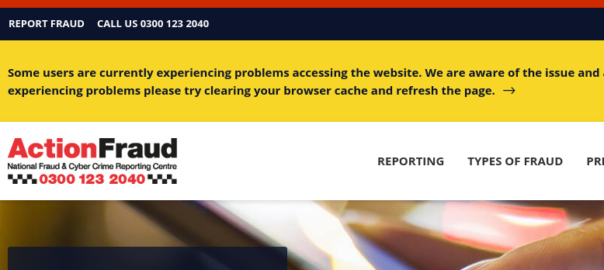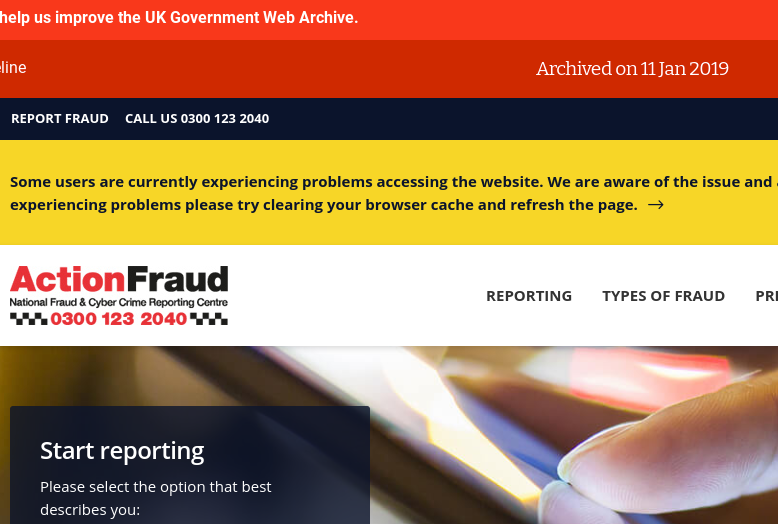Online anonymous platforms such as forums enable freedom of speech, but also facilitate misogyny, extremism, and political polarisation. We have collected tens of millions of postings to such forums and created a new tool for social scientists to study how these phenomena are linked.
Far-right extremism has been associated with a growing number of mass killings, overtaking Islamist terrorism in about 2018. Examples include the Wisconsin Sikh temple shooting (2012), the riots in Charlottesville (2017), the Pittsburgh synagogue shooting (2018), the Christchurch mosque shootings (2019), the US Capitol riots (January 2021), and recently the Buffalo shooting (May 2022). Misogyny has been explicitly linked with terror attacks including the Isla Vista killings (2014), the Toronto Van attack (2018), the Hanau shootings (early 2020), and most recently, the Plymouth shooting in the UK (August 2021).
Are extremism and misogyny linked? Joan Smith documented how the great majority of the men who committed terrorist killings in Europe since 9/11, whether far-right or Islamist, display strongly misogynistic attitudes. Most also have a history of physically abusing women — often in their own families — before committing acts of violence against strangers. The Womanstats database, created by Val Hudson and colleagues, has uncovered many statistically significant relationships between the physical security of women and the security of states: authoritarian patriarchal attitudes undermine good government in multiple ways.
Social scientists — who often have limited technical skills to deal with complicated collection techniques to compile a reasonably meaningful database — lack quantitative measurements at a finer granularity. The case studies collected by Smith and the macroeconomic data collected in Womanstats are compelling in their own ways. However, there are not many high-quality datasets that support quantitative analysis at scales in between individuals and whole societies. The existing resources tend to be small, difficult to access, or not well-maintained.
We have therefore created ExtremeBB, a longitudinal structured textual database of nearly 50M posts made by around 400K registered active members on 12 online extremist forums that promote misogyny and far-right extremism (as of September 2022). Its goal is to facilitate both qualitative and quantitative research on historical trends going back two decades. Our data can help researchers trace the evolution of extremist ideology, extremist behaviours, external political movements and relationships between online subcultures; measure hate speech and toxicity; and explore links between misogyny, far-right extremism, and their correlation. A better understanding of extremist subcultures may lead to more effective interventions, while ExtremeBB may also help monitor the effectiveness of any interventions that are undertaken.
This database is being actively maintained and developed with special attention to ensuring data completeness and making it a reliable resource. Academic researchers can request access through the Cambridge Cybercrime Centre, subject to a standard license to ensure lawful and ethical use. Since the database was first opened to external researchers in 2021, access has been granted to 49 researchers from 16 groups in 12 universities. The paper describing this powerful new resource and describing some of the things we have so far discovered using it can be found here.




